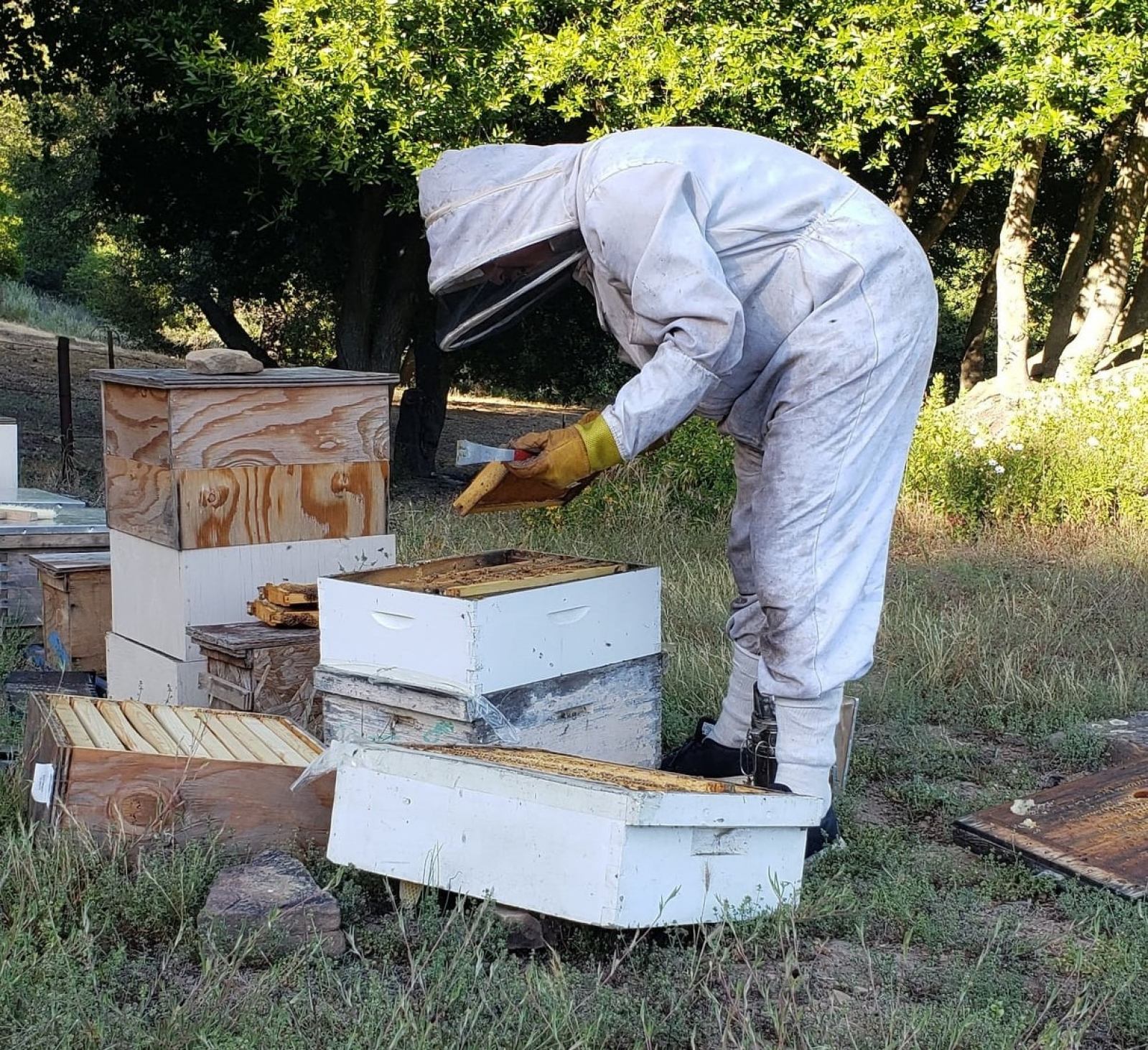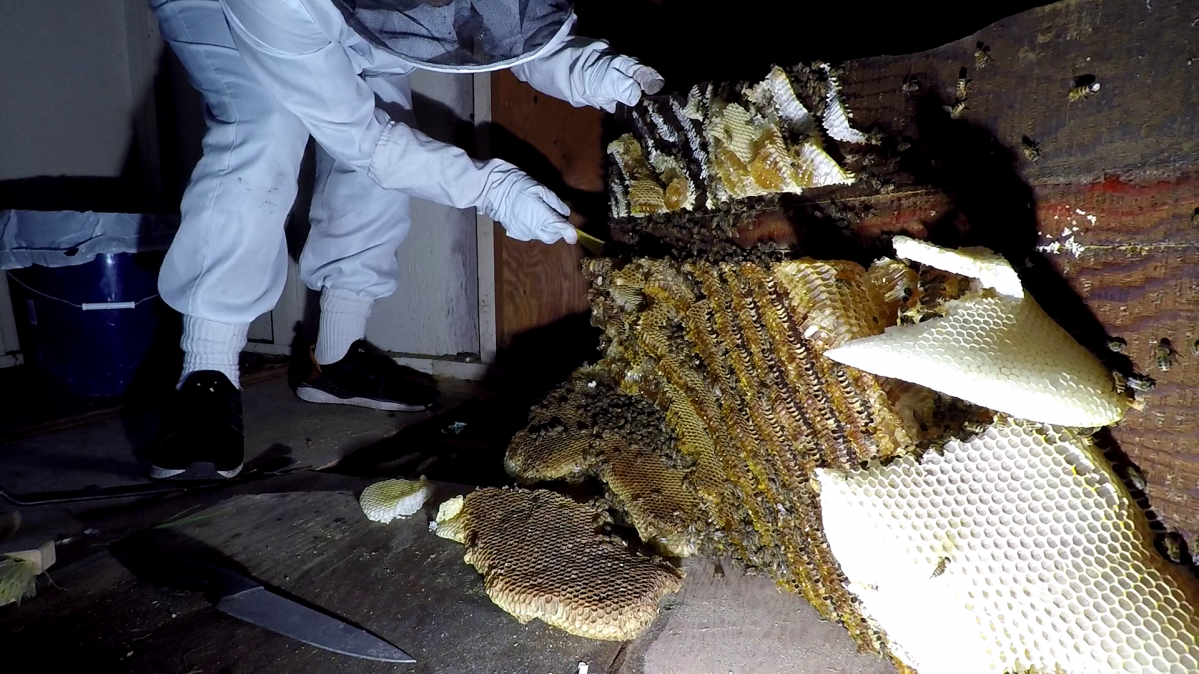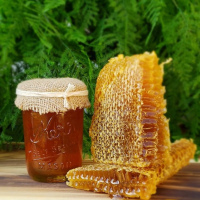Welcome to Ventura Bee Rescue!
Eco-Friendly and Socially Responsible Bee Removals
Our live swarm and Hive removals are non-hazardous and pesticide-free. Bees are safely relocated to beekeepers to preserve our local ecosystem.
We save you and the bees!
Call us today: 805-620-7290
Se habla Español!


About us
Ventura Bee Rescue is dedicated to the preservation of our environment through the pesticide-free removal of bees from your home and business. We preserve these pollinators in our community by relocating them to local beekeepers. Our goal is to save as many bees as possible. In some circumstances, live bee removal is very difficult while still protecting people, pets, livestock, and the general public. Our live bee removal experts will inspect your bee problem and make one or more recommendations with corresponding prices so that you can make an informed decision. We understand the importance of honeybees in our environment; therefore, live bee removal is generally our first recommendation to solve your bee problems.

Services

LIVE BEE REMOVAL & BEE RELOCATION
When possible, we will save the bees and move them to a local apiary or release them to a safe meadow location.
SWARM REMOVAL & BEE RELOCATION
HONEYCOMB REMOVAL & CLEANUP
After the removal of bees, we always recommend the removal of honeycomb, honey, and bee debris when it is practical.
Our Technicians are highly knowledgeable and focused on customer satisfaction; therefore, you can rely on them to solve your bee problem quickly and at a fair price.
Education and Presentations
Known as "Mr. Honey Bear" in the classroom, Eddie thoroughly enjoys educating others, from elementary school children to the retirement community, about the importance of honeybees and the amazing products they provide us with. Contact Eddie if your school or civic group would like a presentation on the “Wonderful World of Bees, Beekeeping and Honey!” The students will learn about honeybees, beekeeping, honey, do a bee dance and roll beeswax candles.

Bee Facts
What is a swarm?
A swarm is a group of bees that have split off from their old colony in search of a new home. These usually will form in the Spring and into Summer depending on weather and resources available. Honey bees will decide to swarm when they feel that their old home has become crowded. Once the bees decide to swarm, the worker bees will begin to raise a new queen and the old one will stop laying eggs. On swarming day the queen will leave the hive and take half or more of the workforce with her. Worker bees will prepare for swarming by filling up on honey to fuel their expedition for a new home.
Once out in the open, the queen is vulnerable to predation so the workers will keep her covered by forming a ball around her once she lands. When you see a cluster of bees in a tight formation, it is likely that the queen is in the center of that mass. It is possible that a swarm contains more than one queen! This occurs when multiple swarms congregate and coalesce at the same location. Normally, there can only be one queen per hive, but during their swarming activities, bees are docile and less prone to attack as they do not have a hive to protect.
Swarms will settle on a branch or other surface while the queen rests, surrounding and protecting her while scouts are sent out to search for a new home. It is at these times that capturing a swarm is possible. Call us when you see a swarm as soon as you notice as they can leave just as soon as they arrive!
I have an established hive!
Bees that have already found a home and are building comb is considered to be an established hive. You will be able to identify a hive by a few telltale signs, such as regular bee traffic to and from an opening and comb already being built. In these cases the method of removal depends on the location and size of the hive. If left alone, the bees will expand the comb to fill whatever cavity they are in which could be problematic if it comprises the integrity of a structure.
In cases of established hives, removal is a more involved process as it requires a study of the location and further preparations. Bees are going to be defensive during a removal as they have a home to protect, this is a dangerous time to be around without adequate protection as bees in our region have Africanized genetics.
What happens to the bees?
Any bees that are rescued are placed in locations along the coast where they will be free to pollinate and be tended to while they live out their lives in safety.
Contact us
Want to get a message to us? Please fill out the form below and select how you want us to reach out to you!
Address:
We service Santa Barbara to Ventura counties!
Phone:
805-620-7290
E-mail:

